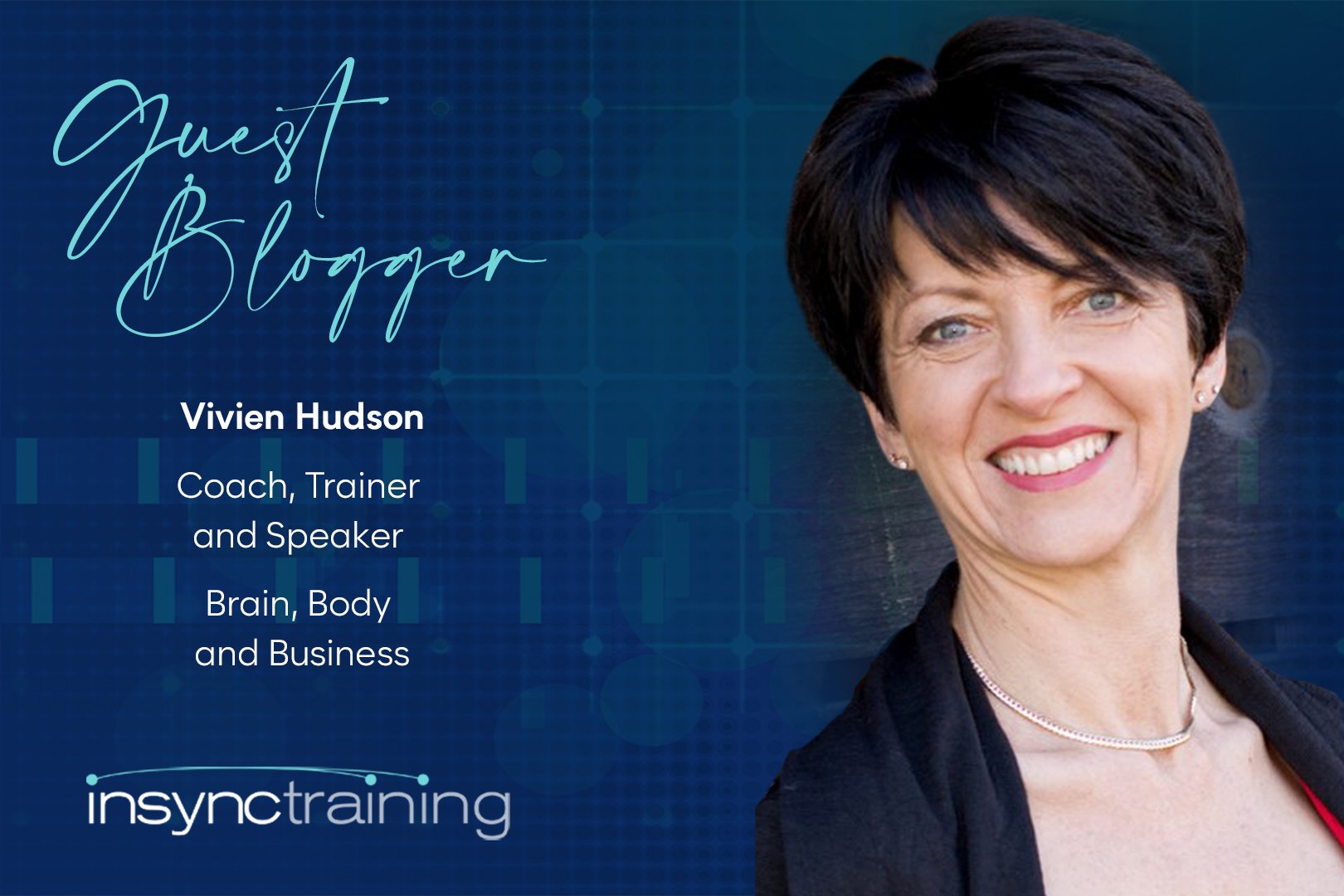
Intention is defined as a ‘determination to act in a certain way’. Intentions create a purposeful awareness around how you want to experience something. Through setting an intention we commit ourselves to seeking an outcome that is more around who we choose to be.
So why set an intention as a learner or if you are part of the delivery team? Precisely for this reason. An intention enables us to open ourselves to the outcomes we seek from an experience.  An intention creates the roadmap for that experience. Intentions also speak more to who we are and who we choose to be at any moment, allowing us to partake in a journey.
An intention creates the roadmap for that experience. Intentions also speak more to who we are and who we choose to be at any moment, allowing us to partake in a journey.
Intentions are different to goals. Goals are designed to be more specific, task focused, and time bound, so think beyond the objectives of the session.
People attend training because of the benefit the learning provides them in their development. Trainers provide training because they have a passion for sharing knowledge. Somehow in the daily routine of our lives, we show up, often forgetting to bring our intention with us. We become highly task focused and we fail to connect to our deeper selves that truly inspire action.
How can you help your learners engage with intention?
Questions are a great way to start. The act of asking a question helps open the doorway to the mind. Asking the right question can help you and your learners set an intention and connect at a deeper level to why they signed up for the learning in the first place. When asking an intention question, be clear and succinct with the question and then allow space for some dedicated reflection.
Some ideas for questions are:
What do you hope to walk away with from today?
What could get in the way of your learning today? (A great question to ask to have them self-check and consider potential distractions and preparedness).
What was the real reason you signed up for this class?
How do you hope this learning will impact your life/work?
What do you hope will be different for you after today?
If time allows, you may follow up these questions with the trusty old question: And what else?
Ideally, we want to delve deeper than being better at sales or time management or whatever the class is about. We want the learner to think about how it makes their life better in an aspirational way. When asking these questions, you are looking more holistically at what the learner is seeking. For example, in leadership training an intention might be something like ‘to become a better manager that my team respects and I inspire’. If the learner is asked to reflect on this response, they may even find a deeper answer than this.
Having an intentional viewpoint allows the learner to view the training as much more than a task, connecting it to the big picture of their world, their emotions, and relevance. An intention lies around who they are or who they are becoming.
In the virtual classroom, setting intentions can be run as a chat response, a whiteboard activity, written in their workbook, or even as a quick paired breakout activity. You can also encourage them to write it by hand on a notepad, so it is easy to refer to at the end of the session.
The quality of your questions determines the quality of your answers. These questions can be integrated into pre-work however having this information fresh at hand at the commencement of a session will help with setting a clear intention that drives learning.
As a trainer, how can you set your intention?
Virtual trainings almost always start with some quiet time before the learners join. You can take a minute here to set your intention. My intention often is to inspire my learners to become authentic leaders in both their work and home life. I like to think about what I would want the learners to walk away with. This helps me highlight simple and powerful tips from the training that are more likely to stick in the learner’s mind once the session is over.
As a trainer, I want to connect well with my audience and make the learning enjoyable. A useful message I often ask myself before I start my sessions is "if this were the last training I were to give, how would I want my learners to feel?" When we connect with emotions, we make the experience memorable and actionable.
If time permits, it is good practice to have learners circle back to their intention before the session closes out. They can rate how effectively the learning supported them on their journey and spend a moment to reflect what, if anything is different, and what next?
I know time is of the essence in virtual trainings. Taking a few minutes for intention setting will help both you and your learners to engage, quiet the mind and focus on what each person can gain. This time will reap rewards for all – both in their hearts and minds.
Being mindful and setting your own intentions allows you to tie learner intentions to your content outcomes - ultimately creating a behavior change. Learn to connect intentions through InSync’s Inquire Engagement Framework and harness the knowledge and application of the group. Register today to become a Certified Virtual Learning Expert.

'Tis Conference Season - Take a SMART Approach
Select Intentionally, Make A Plan, Actively Participate, Revitalize Your Network, and Tell Your Stories Part of InSync Training's Thriving as a...

The Global Learner is Self-Directed
In early 1999, Sugata Mitra and some colleagues sunk a computer into the opening of a wall in New Delhi, India. In the nearby slum, people were...
 Vivien Hudson
Vivien Hudson
